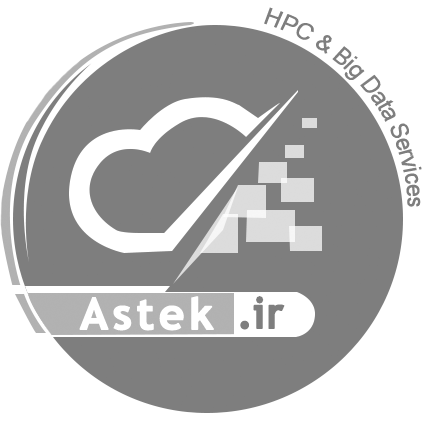
*download pdf file * download doc file
Parts of the text of the article :
2.1 Why Use PBS?
PBS frees you from the mechanics of getting your work done; you don’t need to shepherd each job to the right machine, get input and output copied back and forth, or wait until a particular machine is available. You need only specify require-ments for the tasks you want executed, and hand the tasks off to PBS. PBS holds each task until a slot opens up, then takes care of copying input files to the execution directory, executing the task, and returning the output to you.
PBS keeps track of which hardware and licenses are available, and all waiting and running tasks. PBS matches the requirements of each of your tasks to the right hardware, licenses, and time slot, and makes sure that tasks are run accord-ing to the site’s policy. PBS also maximizes usage and throughput.
2.2.2 PBS Components
PBS consists of a set of commands and system daemons/services, shown here:
Figure 2-1: Jobs are submitted to the PBS server. The scheduler chooses where and when to run the jobs, and the server sends the jobs to MoM. PBS commands communicate with the server.
The server, scheduler, and communication daemons run on the server host. A machine that executes jobs is called an execution host. Each execution host runs a MoM daemon. The server host can run a MoM daemon. One server man-ages any number of MoM daemons. Commands can be run from the server host, execution hosts, and command-only cli-ent hosts. The server/scheduler/communication host, the execution hosts, and the client hosts are called a PBS complex.
---------------------------------
source: https://linuxcluster.wordpress.com
 persian
persian English (UK)
English (UK) 














